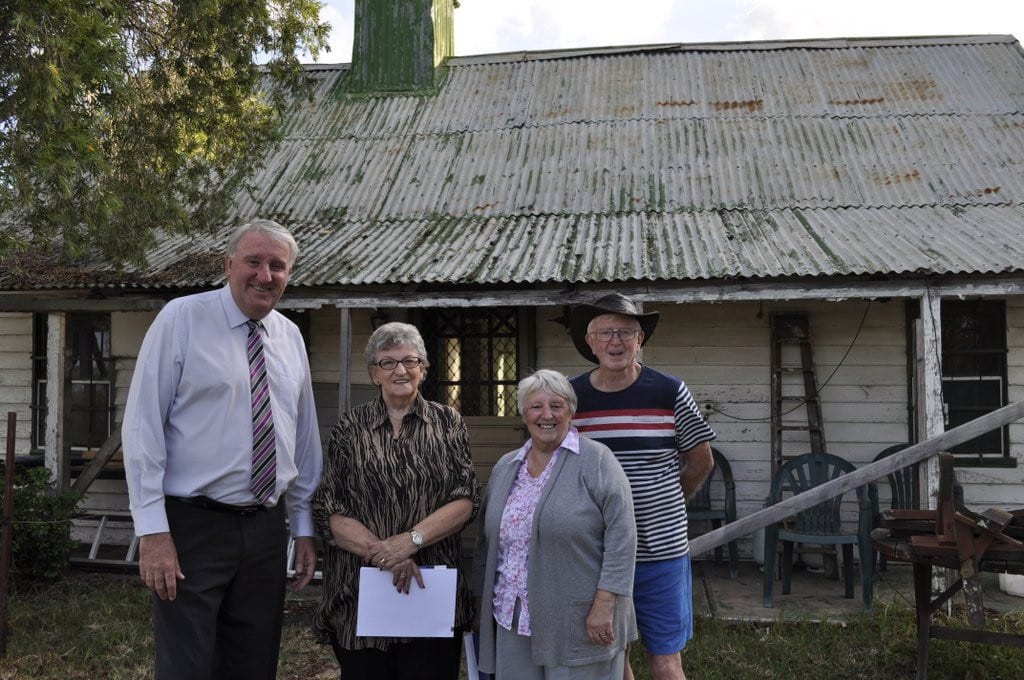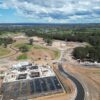Macarthur Memorial Park To Restore Historic Buildings At Varroville
Catholic Metropolitan Cemeteries Trust (CMCT) plans to make a multi-million dollar investment in the much needed restoration of historic buildings in the Varroville Estate west of Campbelltown.
The owner of the 113 hectares of land, the CMCT has released a detailed conservation management plan to restore the site’s dilapidated and partly collapsed buildings, as well as the former vineyards, landscape and lakes to their former condition.
The restoration project to restore the heritage significance of the site and ensure its ongoing conservation management will take place over the next two years.
Dating back to 1812 and first established by Dr Robert Townson, the area includes the remnants of a farm complex featuring a former cottage and stables, as well as vineyard terracing and hand-made dams.
Chief Executive Officer of CMCT, Mr Peter O’Meara, said “We are very keen to restore the buildings and landscape in what is an important part of NSW’s pastoral history. Our development of memorial parklands will have no impact on these important heritage works, which on completion will be open for the whole community to enjoy and appreciate.
“We are committed to employing the top craftsmen and tradesman to restore the buildings to their original condition, while our landscape experts will ensure the land and dams will be remediated to show what 19th century pastoral lands looked like in their prime”, he added.
Mr O’Meara recently briefed and showed the buildings to members of the Campbelltown Historical Society and president, Kay Hayes said “we are happy that the CMCT is sympathetic and respectful of this historic area.
“We are impressed with what is planned for the restoration of the site, taking into account the historical and sensitive nature of the buildings and the area itself”, she added.
The CMCT restoration is part of its plans to create cemetery parklands on land that was once in the sights of home builders and commercial developers, with 35 per cent of the area proposed to be used as public parkland.
Mr O’Meara said “We will have a strict policy of employing local sub-contractors, skilled and unskilled workers in both the restoration and construction of the low-rise buildings on the site, as well as the ongoing management of the property”.
The CMCT will develop a major community asset, with 37 hectares of parkland connected by walking tracks, lakes surrounded by boardwalks, a sculpture park and botanical garden, to be enjoyed by the local community.
“We will respect the land by limiting the footprint with low-rise built structures and the protection of significant trees and other natural features on what is a historic and significant colonial landscape”, he added.
He maintained that all aspects of the development would be ecologically sustainable with strict storm water and land management.
CMCT is a not for profit organisation that manages burial grounds on behalf of the Crown across Sydney.







Recent Comments